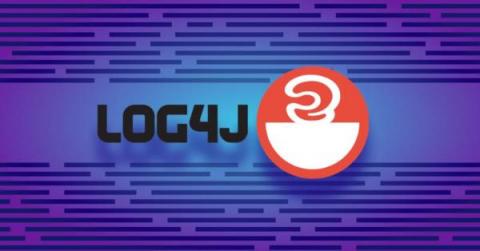What is Log4Shell (the Log4j vulnerability)?
Log4j, Log4j, Log4j. Let’s see you say that 10 times fast. If you can’t, then you may need to learn because Log4j is on the tips of everyone’s tongues right now. In fact, people are calling Log4j the biggest security breach since Tutar, Borat’s movie daughter, sneaked into The White House and had a lively face-to-face conversation with President Trump.










